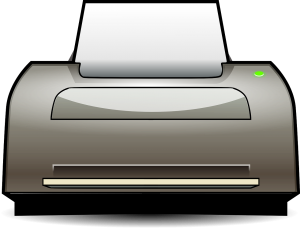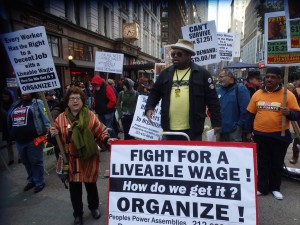We understand that you college students out there hate the trek to the campus computer center, although we’re sure it gives you the Calorie burn to make up for the Ramen noodles and pizza delivery. Here’s the thing about financial management from a college standpoint, though: if you don’t really need it, don’t get it.
The Fact Is You Don’t Need a Printer in Your College Dorm, Because Your  Campus Computer Center Will Already Have One!
Campus Computer Center Will Already Have One!
You then save money on paper, ink, and the cost of the printer. Leave that printer home with mom and dad. You don’t need the equipment. You don’t need your uncle to send you more printing paper. This saves you money that would better be spend on repaying the loans or paying for your tuition. It’s worth the trip, plus you get a bit more convenience these days with cloud computing climbing so high in popularity among the professionals out there in any industry.
Really, all you need to do is make sure your file’s on a cloud drive, head to the center, load up your drive on one of those computers, find your file, and print it! It’s that simple.
Better yet, don’t bother bringing the computer to your dorm room. Again, you don’t need it there. You have all the resources you need right in the hall or in any one of the resource centers your campus will provide. Save your investment and space in your dorm room!
Take Advantage
In essence, this is learning at its best. Financial management isn’t simply about making money and keeping it somewhere. It’s about taking advantage of resources, maximizing your dollar, and minimizing your own overhead. You do this with taxes. You do this with bookkeeping. You do this with everything. Why not start doing it in college, right?
Share
Follow Us!



